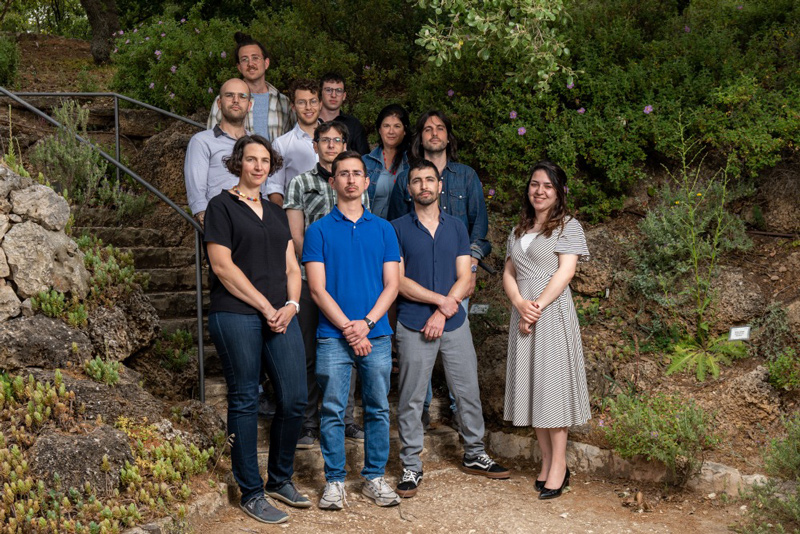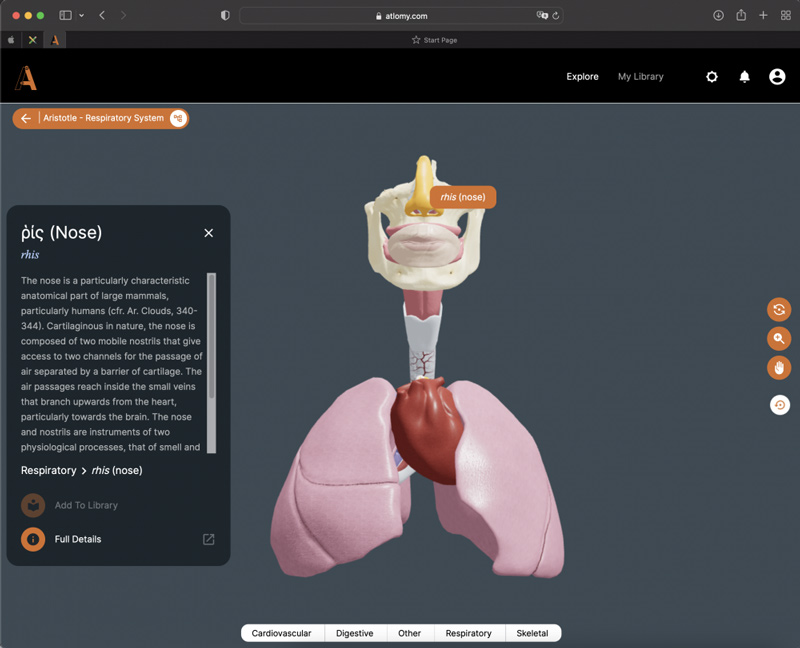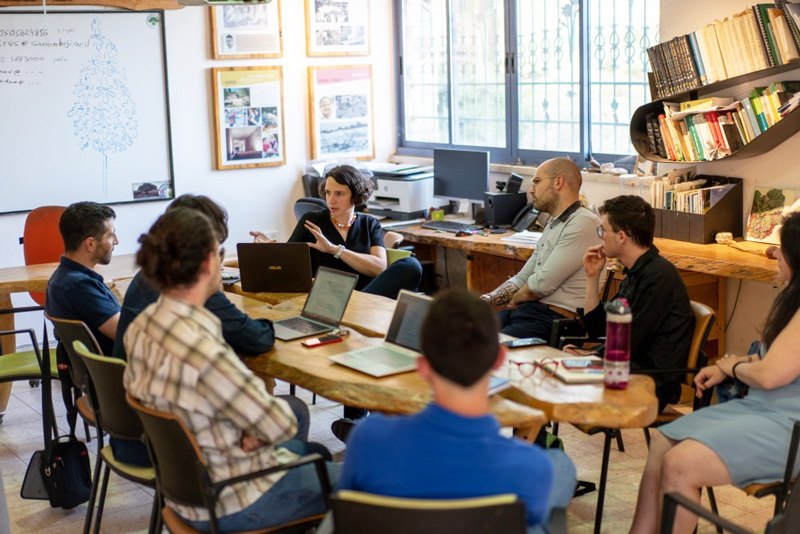In a digital humanities lab located on the Mt. Scopus campus, a team of classicists, modern anatomists, 3D modelers, and product and software experts pore over an ancient Aristotelian text. Their ultimate goal – a digital atlas of ancient anatomical ideas and terminology. To get there, they’re breaking through the textual boundaries of ancient anatomical writings as never before, offering the humanities something entirely new.
The ancient history of science and medicine has long piqued the curiosity of historians, philosophers and philologists alike. Yet the disciplinary gap that exists between historians of medicine and the physicians they study limits their understanding of the text. As a historian of Greco-Roman medicine, Dr. Orly Lewis of our Department of Classical Studies is particularly interested in how new scientific ideas and discoveries came into being in antiquity. Her research relies on ancient medical texts, making her all too familiar with the challenges faced by a historian of medicine with a lack of formal medical training.

These texts were written during a dynamic period of medical discovery, reaching back 2,500 years. “In ancient times, each physician had his ‘own anatomy,’” explains Lewis. “Some made no distinction between veins and arteries; others described a heart as having two chambers. Terminology differed among authors, and sometimes a single word referred to multiple organs.” As such, historians of ancient medicine have to wrap their heads around multiple anatomies and terminologies.
The idea sparked a little over a decade ago. “Modern anatomy uses brilliant 3D modeling software to visualize the body and its functions. When I first encountered these models, I thought ‘this is exactly what the study of ancient anatomy is lacking.’” Lewis began to envision a digital resource that would allow historians to instantly reference a definition, identify a source, and view an illustration.
Dr. Lewis received a prestigious ERC Starting Grant in October 2020 and launched her project – ATLOMY (atlas + anatomy), a large-scale, visual and textual atlas of ancient anatomical ideas, terminology, and research. Her team includes Israeli, Palestinian, and international scholars, postdoctoral and PhD researchers, and students, all from the fields of veterinary medicine, classics and Middle Eastern studies. Alongside them are 3D anatomy modelers, software developers, a lab manager, and a product manager. Together they are engaged in a novel, multi-disciplinary study of the history of anatomical ideas. Essentially, they’re doing what classicists have always done – closely reading and interpreting ancient texts – and taking it up a notch. They’re creating a lexicon of ancient anatomical terms, reenacting ancient anatomical dissections, and developing a digital visual atlas of 3D reconstructions of the body as perceived by ancient authors.

Determining what needs to be modeled is key. It begins with the translation of the text, after which the classicists and anatomy experts discuss their interpretations and draft instructions for the modeler. Once the 3D model is created, the scholars integrate additional information, cultivating a lexical and research database that serves as the backbone of the digital atlas. Ultimately, the user can click on an organ or a word, and trace its usage across various ancient sources.
Lewis and her team are bridging the gap, enabling historians to better engage with the text, and contributing a highly innovative research output to the field of humanities. ATLOMY’s beta version is open access and includes a search engine, an interactive viewing interface with several 3D models, and abundant lexical and textual information.
The team plans to expand the atlas by training additional scholars to create 3D models of texts beyond the Greco-Roman period. Their wish-list includes features ranging from feasible to fantastical, such as VR technology and 3D dissections offering 360° views in settings as imaginative as the Roman Forum. But Lewis is hardly deterred; there was a time not long ago when the mere thought of a digital atlas of ancient anatomy seemed far-fetched. Yet, if Aristotle’s ancient words can be lifted off the page and transformed into an interactive 3D model, why stop there?

To learn more about ATLOMY, visit here.
Dr. Orly Lewis is a senior lecturer in the Dept. of Classical Studies at Hebrew University’s Faculty of Humanities. To learn more about her, visit here.